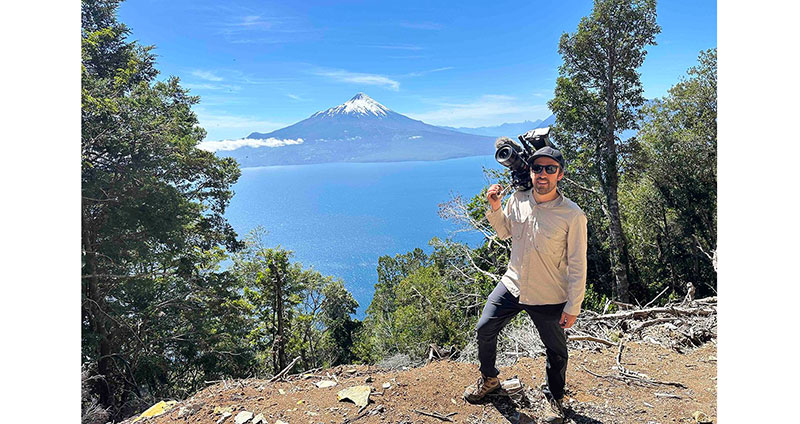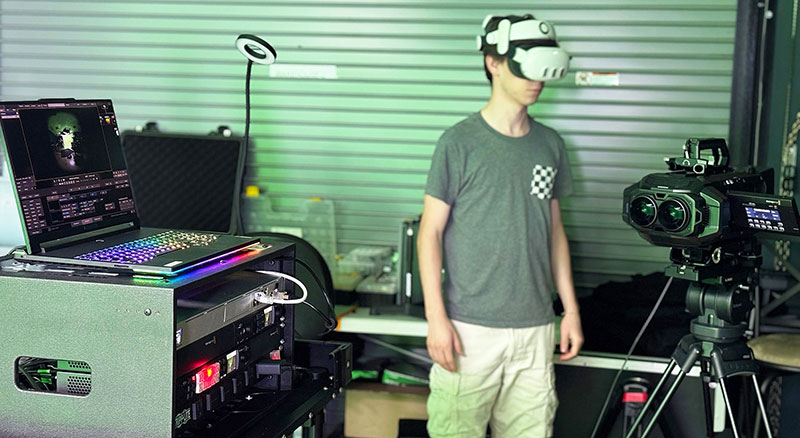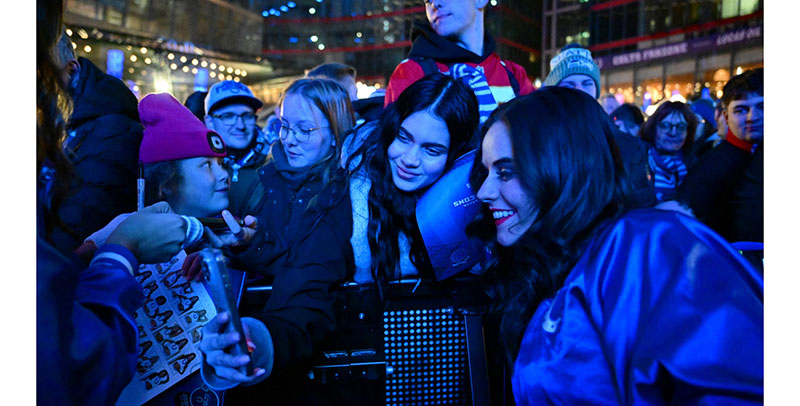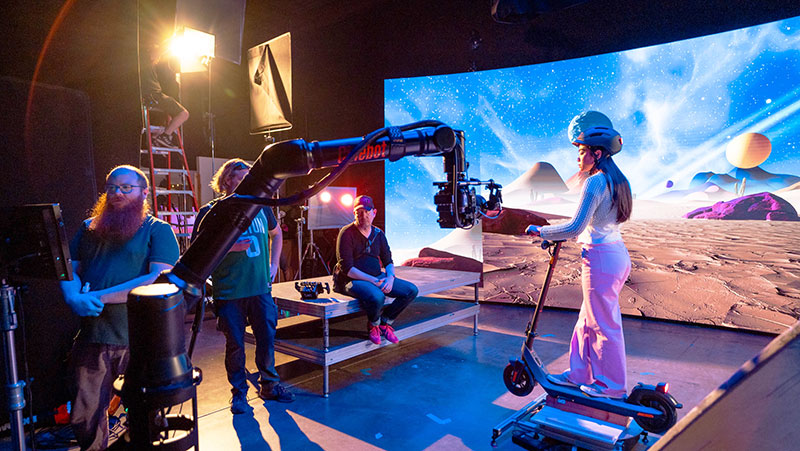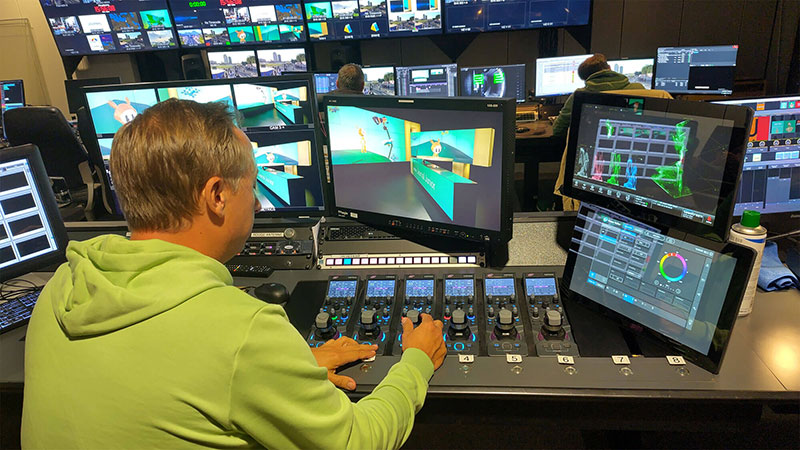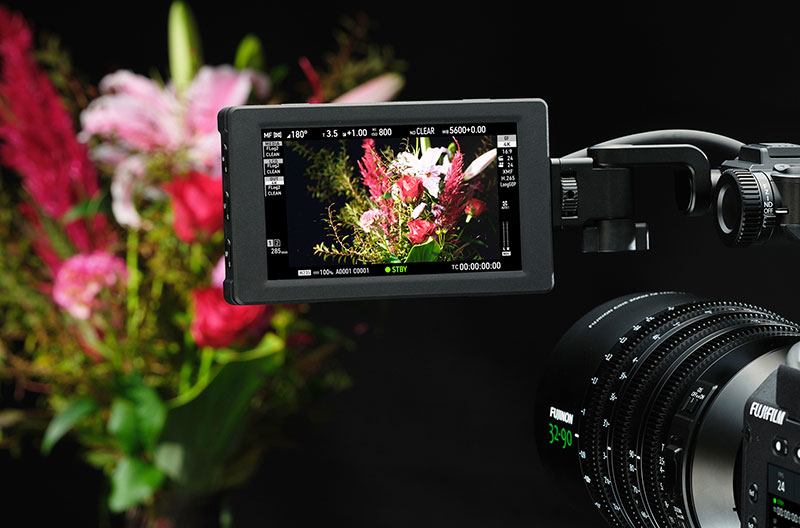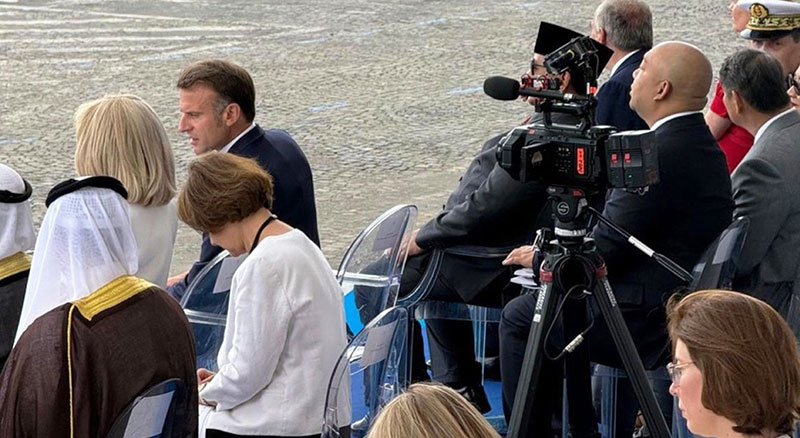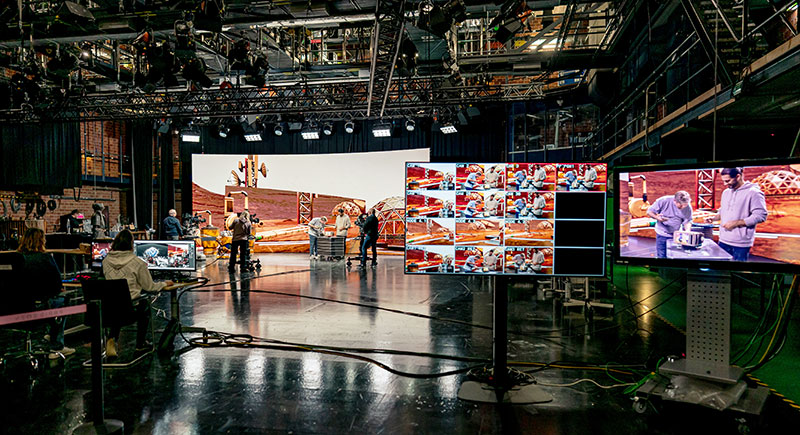The BMG augmented its inventory with a fleet of remotely controlled PTZ cameras, purchasing a variety of JVC models – versatile, affordabe, with the video quality needed for live broadcast.

Broadcast Management Group (BMG) manages projects that range from large-scale, multi-camera productions to engineering technical facilities, to launching OTT networks from the ground up. In business for nearly 20 years, the company works from offices in five major US cities on client projects located around the world.
The company recently wanted to augment its inventory with a fleet of PTZ cameras, looking in particular for models that were versatile, cost-effective and had the video quality necessary for live broadcast.
Purchasing JVC PTZ Cameras
BMG Founder and CEO Todd Mason and his team purchased a variety of JVC’s PTZ models. One of these, the KY-PZ510BU camera, has a super-wide 80° horizontal angle of view and a SMART auto-tracking function that operators can use to set the camera to focus on and follow one person in a view, such as an instructor, or a performer in live productions.
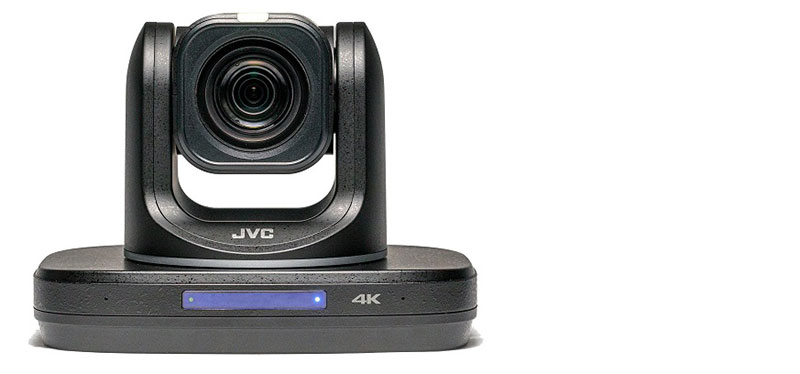
KY-PZ510BU wide angle
Live video streams from its multi-camera configurations can be synchronised with the VITC (Vertical Interval Time Code) and NTP (Network Time Protocol) when used in 1080 60p mode. Simultaneously, the KY-PZ510BU outputs SRT and RTMPS for hybrid local/remote workflows to deliver consistent quality content to chosen CDNs.
Another model, the newer HD KY-PZ200BU camera produces streaming image quality and performance for remote production over the internet, with SRT streaming, H.265/H.264/MJPEG encoding and VITC multi-camera synchronization systems. It can be used in place of a webcam, and also as a camera for shooting and distributing high magnification images for web conferences and remote lectures.
The KY-PZ100BU PTZ is the first PTZ camera to feature JVC's IP communications engine supporting network connection via Wi-Fi, 4G-LTE or cabled LAN. It is designed for use in both the studio and field, as a stand alone remote camera or as part of a multi-camera system. As well as 3G-SDI and HDMI outputs, it is also capable of reliably streaming 1080i/60, 1080p, 720p and 360p video with 2-channel audio at low latency, with forward error correction.
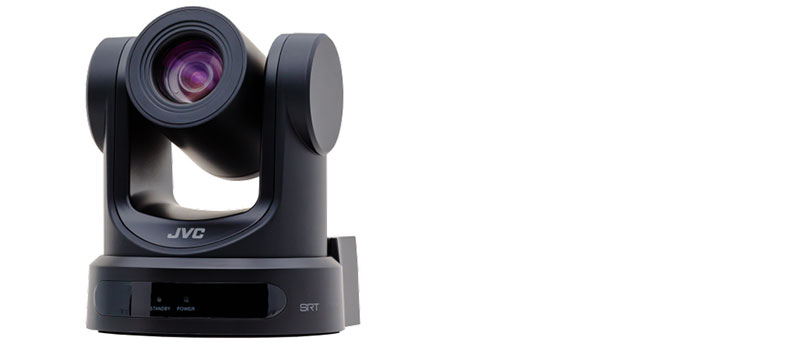
HD KY-PZ200BU
In Control
BMG has also purchased RM-LP100U and RM-LP5G Remote Camera Controllers. Their operators have traditionally relied on two larger JVC RM-LP100Us, which can directly communicate with up to a hundred JVC IP-capable cameras over the Internet, controlling focus, iris and menu settings. Users can control white balance, shutter, gain, master black, groups, presets and so on, as well as some lenses, of any camera on the network via a 7-inch touch screen. It has tally functions for up to five cameras, plus a joystick and zoom rocker to precisely control the PTZ moves.
“When we first saw that controller at NAB, we thought it was smart and realised how cost-effective it was for us,” Todd Mason said. The team has recently expanded to using the new JVC RM-LP5G Compact Joystick Controller as well – five PTZ camera operation with a 2-axis joystick and zoom bridge controls. It connects to the network and gives complete IP control of cameras, in the facility or anywhere in the world, via Internet.
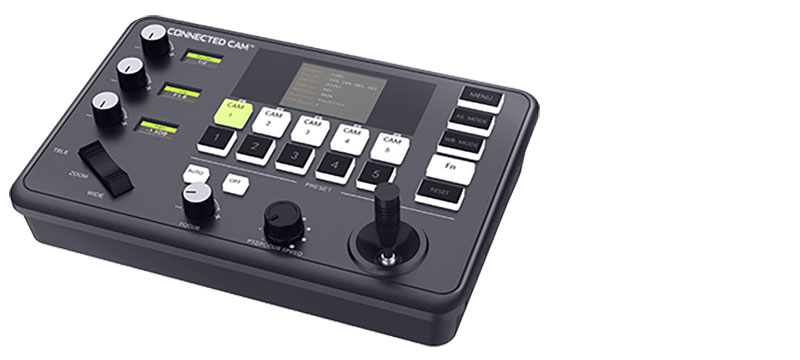
Compact RM-LP5G Remote Camera Control
Remote Sports Set-ups
Since acquiring the cameras, BMG has installed several PTZ systems for various clients’ facilities. The company’s production teams have also deployed them to produce live sporting events for several clients.
For sports, the company often places JVC PTZs in the announcer booths as commentator cameras throughout the games, which are broadcast live to major networks like ESPN and CBS. BMG will set up a remote production workflow or a traditional truck-on-site model with trucks deployed from BMG’s East Coast and West Coast hubs, for which the PTZs’ remote operation is extremely useful.
“We usually need six to 10 manned cameras covering the actual game itself, but for the commentators we can use two or three PTZs with a remote operator,” said Todd. He also remarked on the cameras’ streaming capabilities. “Normally, the camera feeds come through encoders back to BMG’s Cloud Control Center, but those encoders are very expensive. Our shows keep getting bigger, calling for more encoders and decoders. Having SRT directly out of the PTZ camera instead is now another big way to cut costs – it frees up channels and avoids tying up primary encoders.”
Client-owned Studios
BMG also runs several client-owned studio facilities for corporations, including the Schwab Network, where JVC PTZs serve as an option for different news and entertainment productions. Todd said, “We do not need manned cameras on client projects that don’t involve people walking around on set. For instance, anchors will be sitting at a desk, not moving, and have talking heads and guests in the studio as well as remote guests. These projects are great applications for the PTZs.”

On the floor of the New York Stock Exchange.
For Schwab, BMG has deployed a JVC camera on the floor of the New York Stock Exchange, which is used for location shots coming in and out of shows on the floor of the NYSE. For that camera, BMG calls on the SRT functionality for remote camera control and to feed video to the show’s control room in Chicago.
Todd feels that the versatility of JVC’s cameras and gear sets them apart from the rest. “With such a wide variety of models, clients have many options – and that’s essential.” www.jvc.com









